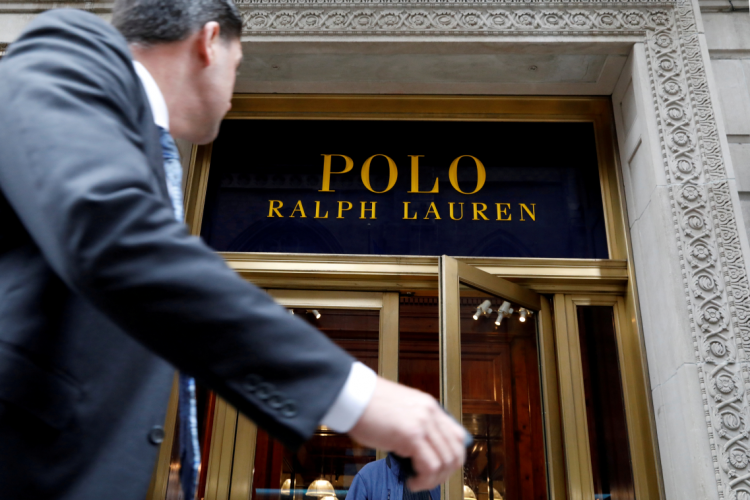Stock Slide Continues Ralph Lauren's stock has dropped for the seventh consecutive day. As of August 14th, its share price dipped 0.32% to $121.07, even as the S&P 500 index rose by 0.58%. Despite the company's share price surging 10.96% since the beginning of the year and previously being among the best-performing U.S. stocks in June, the recent declines might be linked to the first quarter financial results for the fiscal year 2024 released on August 10.
In the quarter ending July 1, 2023, Ralph Lauren's total revenue increased slightly by 0.4% to almost $1.5 billion, surpassing the anticipated $1.48 billion. The net profit rose by 7% to $130 million.
North America Struggles
Performance in North America, Ralph Lauren's largest market, was lackluster with a 10% revenue drop to $632 million. The company explained that half of this decline was due to a return to regular seasonal wholesale shipments after the pandemic. As a result, North American wholesale revenue dropped by 16%.
A significant factor behind the dip in demand was the inflationary pressures in North America, evident from recent reports of other luxury brands. In the first half of 2023, LVMH's U.S. sales growth slowed to 3%, much lower than the previous year's 24%. Gucci's North American sales plummeted by 22%, while Saint Laurent's direct business in the region declined by 17%.
European and Asian Markets
While Europe, Ralph Lauren's second-largest source of income, saw slowing growth with a 7% increase (amounting to $450 million), Asia outperformed other regions. Asian revenues rose by 18% to $378 million, with China shining brightly with a growth of over 50% in revenue.
Such robust performance in China and Asia is not unique to Ralph Lauren, as other luxury brands also experienced significant growth in the Asia-Pacific region, excluding Japan.
Ralph Lauren's growth in Asia can be attributed both to this broader trend and the company's renewed focus on cementing its luxury status and expanding overseas.
Brand Perception Challenges
Ralph Lauren's various sub-brands span a wide price range, but mid-tier products remain a primary revenue source. This has made it challenging for consumers to perceive the American brand, established in 1967, as a luxury entity.
To shift this perception, Ralph Lauren initiated a transformation strategy, which includes investing more in premium lines, raising product prices, emphasizing full-price sales, and expanding direct-to-consumer channels.
According to Women's Wear Daily, CEO Patrice Louvet mentioned that the average retail price per unit has surged by 70% in the past four years. Consequently, analysts at Morningstar noted that Ralph Lauren's average retail revenue per unit has grown by 15% in the past year.
These price increases partially offset expenses from the brand's transformation efforts. In Q1 2024, the gross margin for Ralph Lauren rose to 69.0%, higher than any of the quarters in the fiscal year 2023.
Opportunities in China
China currently accounts for only 6% of Ralph Lauren's sales, but the growth potential is promising. From the fiscal year 2019 to the third quarter of 2023, the number of Ralph Lauren's direct-operated stores in the Asia-Pacific region expanded from 115 to 209, most of which are in China.
The company plans to launch an average of 30 new stores annually in China over the next three years, with a focus on core cities like Beijing, Shanghai, Taipei, and Hong Kong.
In a recent interview with CNBC, Louvet expressed optimism about the brand's Q1 2024 performance, emphasizing attracting younger and more affluent consumers. The ongoing consumer trend of "quiet luxury" and refined casual style aligns well with Ralph Lauren's enduring aesthetics.
However, for the foreseeable future, Louvet's positive expectations are not evident in Ralph Lauren's performance metrics.
The company hasn't adjusted its annual revenue projections upward. Ralph Lauren anticipates a low single-digit growth rate for fiscal year 2024's revenue, adjusting for constant currency. The expanding gross margin will offset the relatively high operational costs, with Q2 revenues expected to either slightly grow or remain consistent with the previous year.






